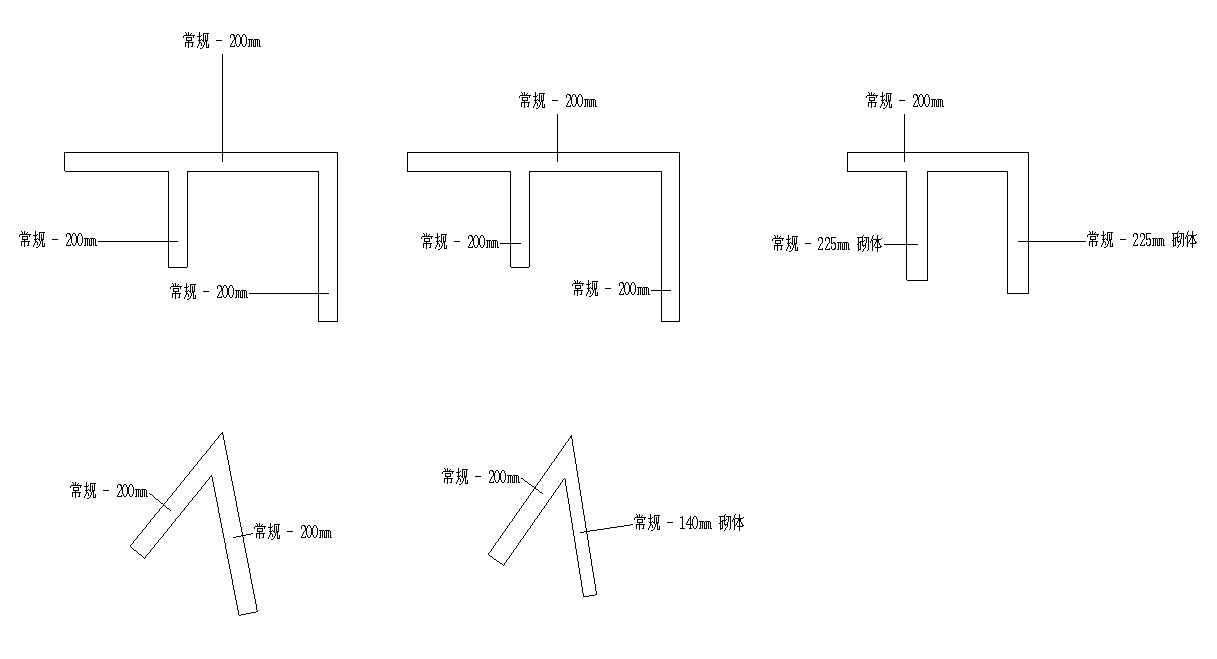
下载app免费领取会员


1. Ribbon: The Ribbon is a central component of the Revit interface. It is a collection of tabs that organizes various tools and commands based on their functionalities. Each tab contains panels, and each panel consists of related tools. The Ribbon allows easy access to the extensive range of features and commands available in Revit.
2. Quick Access Toolbar: Located next to the Ribbon, the Quick Access Toolbar provides quick access to frequently used tools and commands. Users can customize this toolbar to add or remove commands based on their preferences, improving productivity and workflow efficiency.
3. Application Menu: The Application Menu, represented by the Revit icon, is situated in the top-left corner of the interface. It provides access to various application-level commands, such as opening, saving, and printing files, as well as managing user settings and options.
4. Options Bar: The Options Bar is located just below the Ribbon and displays different options and settings related to the selected tool or command. This dynamic bar changes based on the active tool, enabling users to modify parameters and settings for precise modeling control.
5. Project Browser: The Project Browser is a hierarchical tree view located on the left side of the interface. It organizes the elements of the current project, such as views, sheets, families, and schedules, in a logical structure. Users can easily navigate through the project and access specific elements for editing and analysis.
6. Properties Palette: The Properties Palette, situated on the right side of the interface, displays the properties of selected elements in the project. It allows users to view and modify element properties, such as dimensions, materials, and constraints, providing detailed control over the project's various components.
7. View Window: The View Window is the central area of the interface, where users create and manipulate their designs. It provides various views, such as floor plans, elevations, sections, and 3D views, allowing users to work on different aspects of the project simultaneously.
8. Status Bar: Located at the bottom of the interface, the Status Bar displays important information and messages about the active tool, project coordinates, and other system-related details. It keeps users informed about the current status of their actions and aids in precise modeling and documentation.
Overall, the Revit interface comprises these essential components to provide users with an intuitive and efficient BIM environment. The combination of the Ribbon, Quick Access Toolbar, Application Menu, Options Bar, Project Browser, Properties Palette, View Window, and Status Bar ensures a seamless workflow, allowing users to create accurate and detailed 3D models for their architectural, engineering, and construction projects.
.jpg)
本文版权归腿腿教学网及原创作者所有,未经授权,谢绝转载。

推荐专题
- Revit技巧 | Revit粘贴功能无法与当前所选标高对齐
- Revit技巧 | Revit项目中导入样板文件的方法
- Revit技巧 | revit风管绘制教程:关于在Revit中如何设置标准的矩形风管边长规格
- Revit技巧 | Revit操作技巧:如何将项目导出成方便查看的网页模式
- Revit技巧 | 与Revit相关的标高灰色
- Revit技巧 | Revit如何删除链接的CAD文件?
- Revit技巧 | 如何解决Revit结构框架搭接的问题?
- Revit技巧 | revit过滤器怎么传递?关于Revit在同一个项目中传递过滤器的使用
- Revit技巧 | Revit常见问题与解决方案
- Revit技巧 | revit设置管道颜色的方法有哪些?一招教你搞定机电管线系统颜色设置!






















































